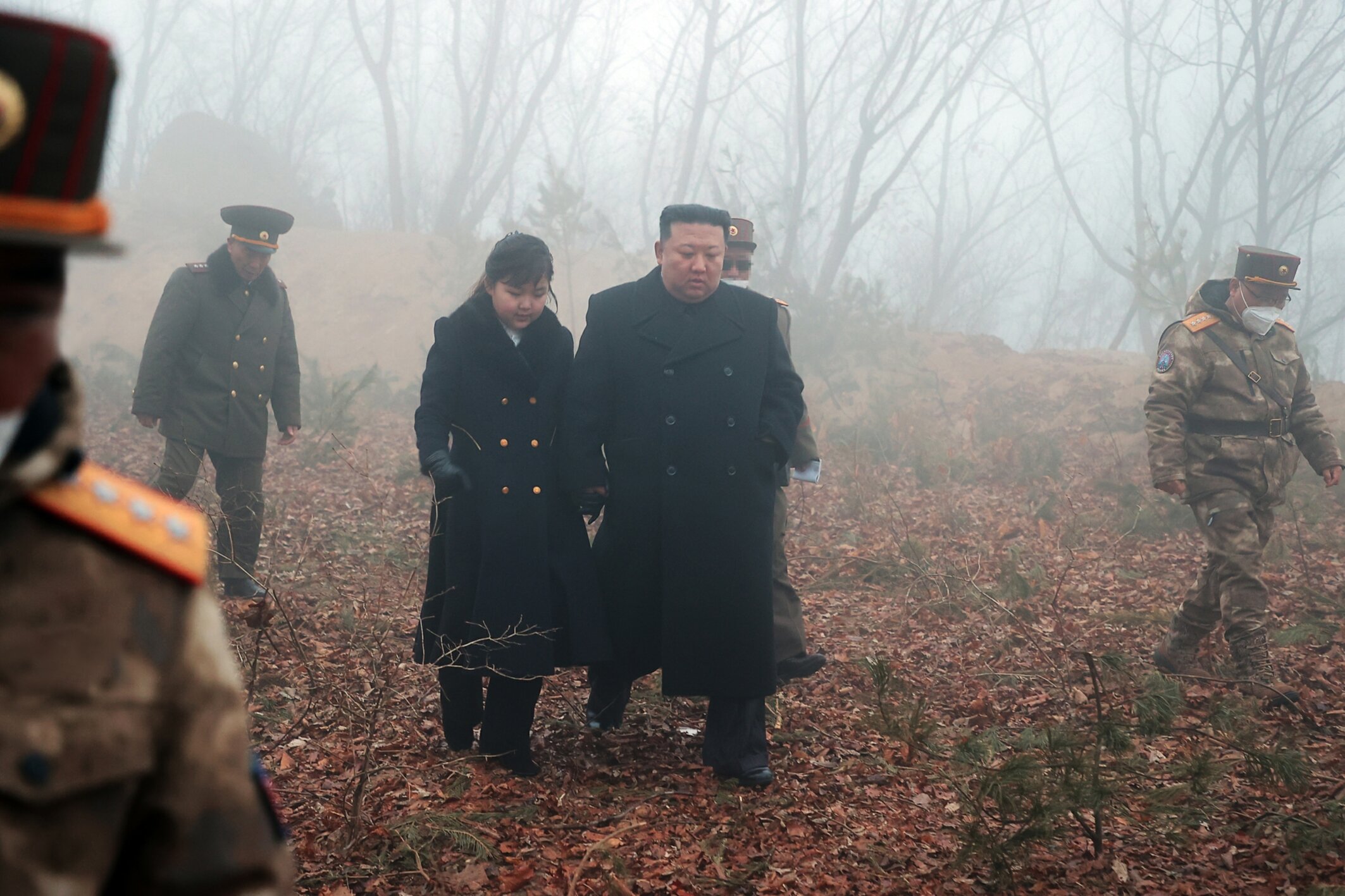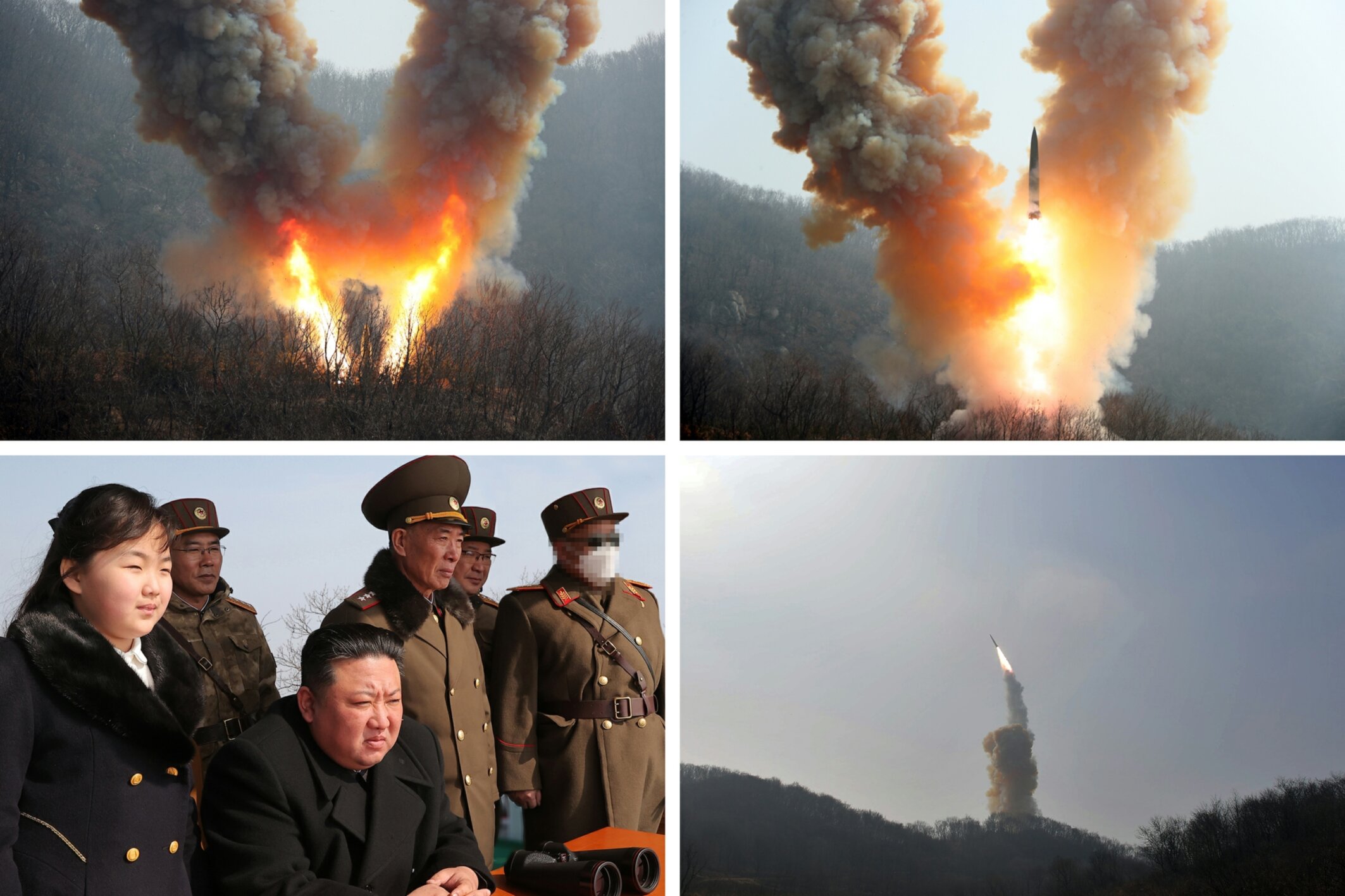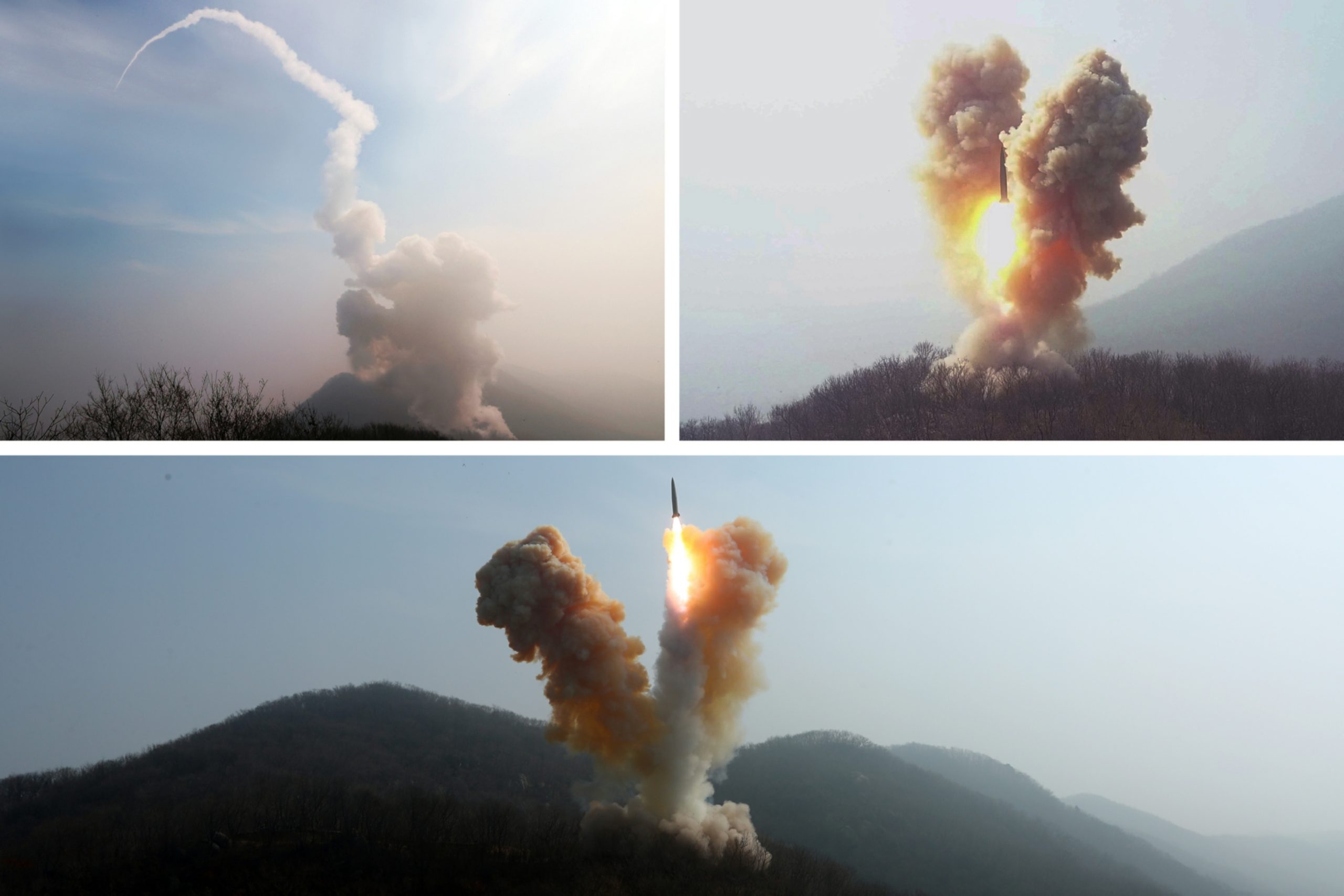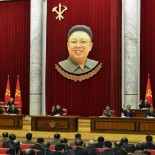KJU Supervises Tactical Nuclear Counterattack Drill

The Korean People’s Army [KPA], Missile Guidance Bureau and Nuclear Weapons Institute staged a two-day nuclear command and control [NC2] drill which simulated a tactical nuclear weapons’ counterattack on 18 March (Saturday) and 19 March (Sunday). The Pyongyang watching community is currently running amuck analyzing, prognosticating and positing DPRK NC2 and the core leadership opted to gave us a tiny taste.
Kim Jong Un (Kim Cho’ng-u’n) attended and guided the drill along with his daughter Kim Ju Ae (Kim Chu-a’e), Minister of National Defense Gen. Kang Sun Nam (Kang Sun-nam), Workers’ Party of Korea [WPK] Munitions Industry Department [MID] Deputy Director Kim Jong Sik (Kim Cho’ng-sik), National Academy of Defense Sciences chief and ex aequo MID deputy director Jang Chang Ha and other personnel of the Missile Guidance Bureau and the Nuclear Weapons Institute.
The drill was held “to demonstrate our tougher will to make an actual war response and send a strong warning to the enemy who expand their war drills for aggression and take a series of military actions strong in their offensive nature, getting undisguised in their explicit attempt to unleash a war against the DPRK in disregard of its repeated warnings.”

The two-day tactical nuke festivities were divided in two parts. On the first day (18 March) the drill focused on the order of operations, positioning and processes for a second-strike tactical nuclear. This portion of the overall drill was held “repeatedly” in order to “reexamine the reliability of the operation system for the command and management over the tactical nuclear force in a multi-faceted way and to get familiar with the order of action and combat methods for promptly switching to a nuclear attack, while strictly examining in the light of security the accuracy of the procedures for issuing and receiving an order of nuclear attack under various simulated emergency circumstances, the order for handling nuclear weapons and the operation procedures for implementing different nuclear attack plans.” According to state media the drill proved that “preparing for a nuclear counterattack is working in a fast, strict highly reliable and safe system.”
On the second day, during the morning of 19 March (Sunday), a ballistic missile drill was held at the Sohae Center in Tonch’ang-ri, Ch’o’lsan County, North P’yo’ngan which simulated a tactical nuke counterattack. Coming out for the drill was Kang Sun Nam, joined by the combined unit (yonhap pudae) commander and missile unit commanders from the KPA’s eastern and western command zones.
The silo-based missile drill began with an “inspection of the normality of operations and stability of technical and mechanical devices, including the final nuclear attack order authentication and the launch approval system.” This was followed by repeated training exercises for “getting familiar with relevant action procedures.” The drill simulated a “nuclear strike at a major enemy target” and the missile was “tipped with a test warhead simulating a nuclear warhead.” The drill proved “once again the reliability of the operation of nuclear explosion control devices and detonators fitted in the nuclear warhead.” This is when we mention that state media has given us, at least, one reason that the DPRK has not yet conducted its seventh nuclear test.
Kim Jong Un expressed “satisfaction at the drill” and said that the “combined tactical drill greatly improved the actual war capability of the units and sub-units in charge of important fire assault duty and filled all sub-units with great confidence. The drill marked an important occasion in preparing our nuclear combat force to rapidly and accurately perform its crucial mission of war deterrence and securing war initiative at any moment and under any unexpected circumstances.”
KJU said that it is “very important to continuously organize and conduct such drills under the simulated conditions of an actual war” and he stressed the “need to let service personnel to get familiar with any unexpected circumstances and make them more perfectly prepared in their active posture of making an immediate and overwhelming nuclear counterattack at any time.” He noted that the DPRK “cannot actually deter a war with the mere fact that is a nuclear weapons state” and said that it is “possible to fulfill the important strategic mission of war deterrence and reliably defend the sovereignty of the county, the peaceful life and future of its people and the cause of socialist construction only when the nuclear force is perfected as a means actually capable of mounting an attack on the enemy and its nuclear attack posture for prompt and accurate and activation is rounded off to alway strike fear into the enemy.”
KJU said that the “present situation, in which the enemies are getting every more pronounced in their moves for aggression against the DPRK, urgently requires the DPRK to bolster up its nuclear war deterrence exponentially” and he “set forth the important nuclear force-building orientation and the strategic tasks to be fulfilled in preparing the nuclear force for a war. The nuclear forces of the DPRK will strongly deter, control and mange the enemy’s reckless moves and provocations with its high war readiness, and carry out its important mission without hesitation in case of any unwanted situation.”

